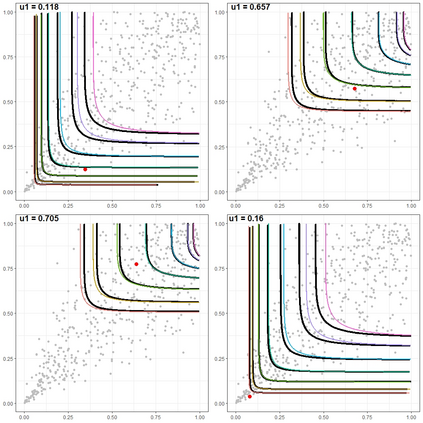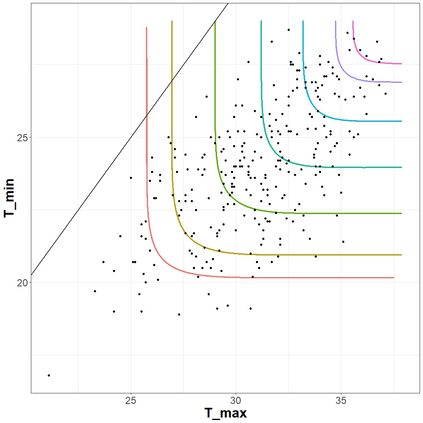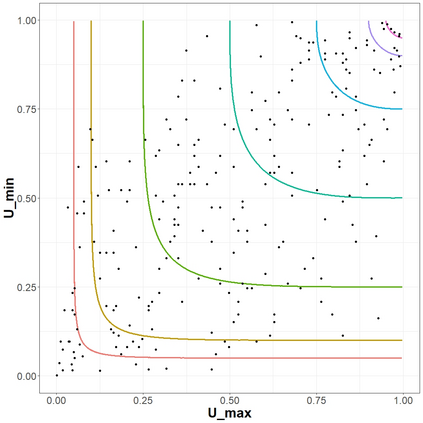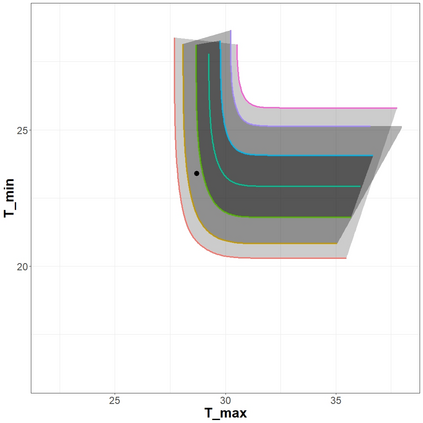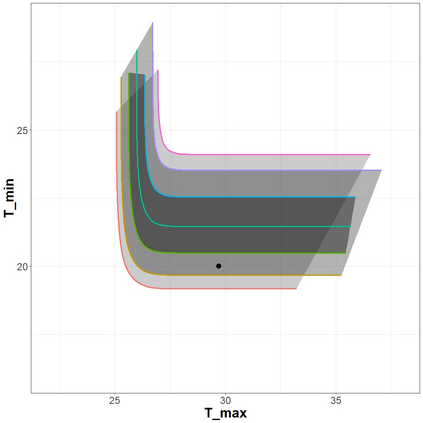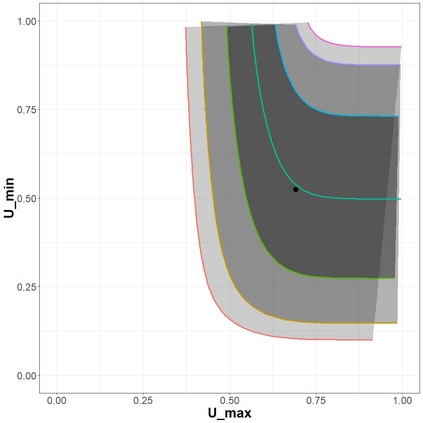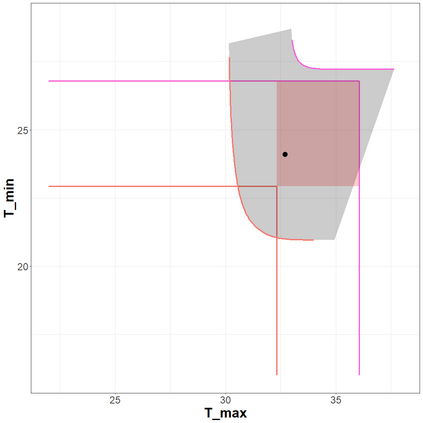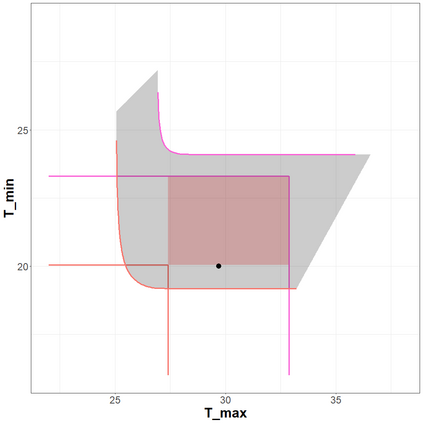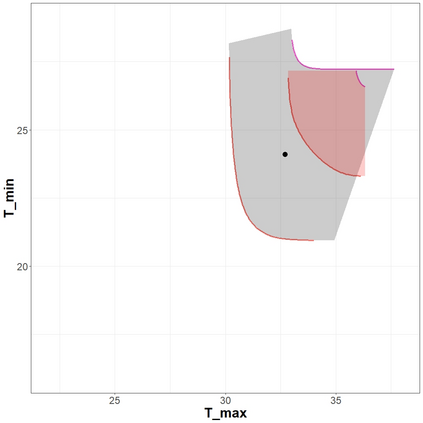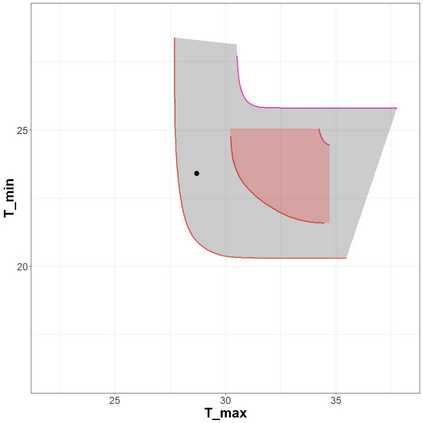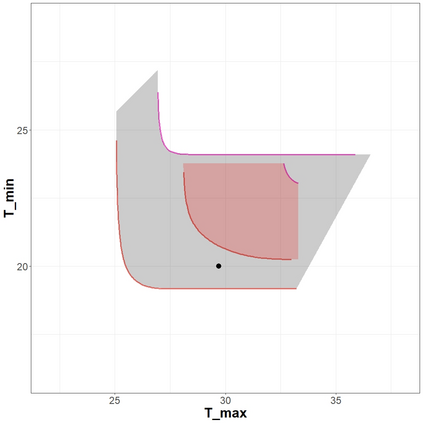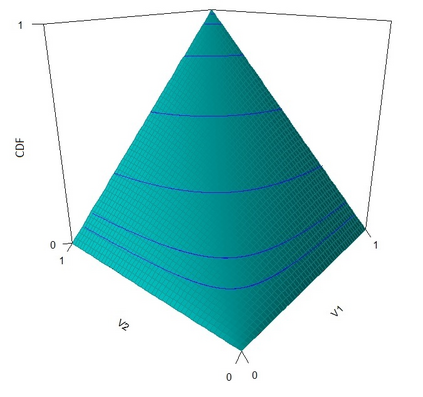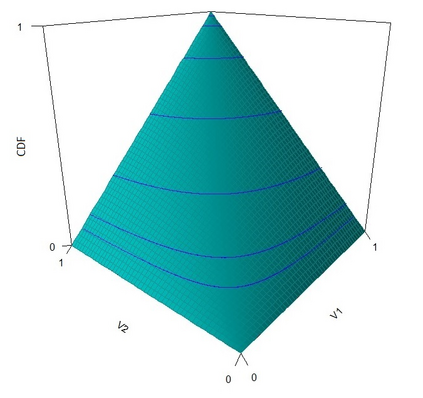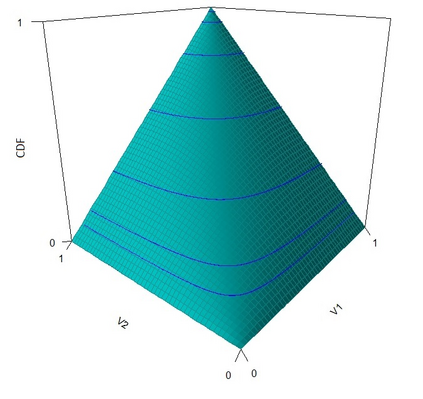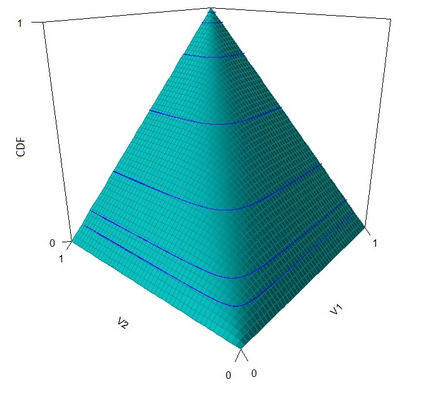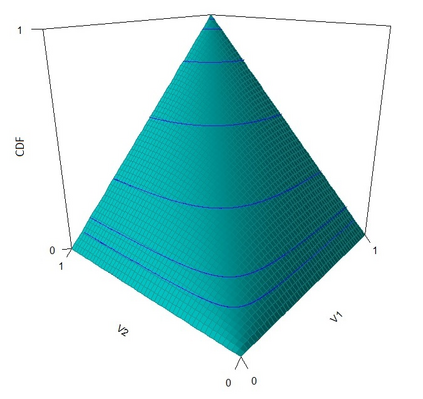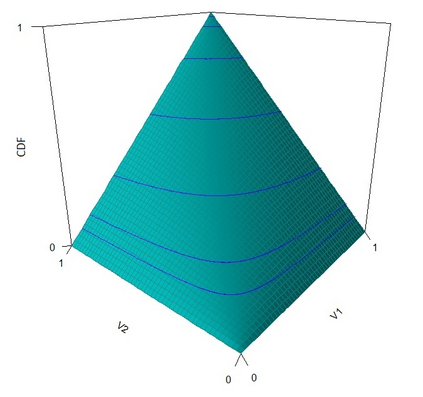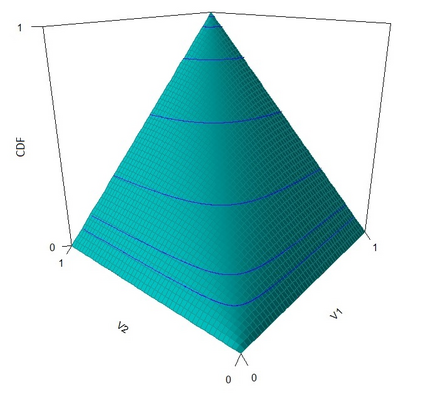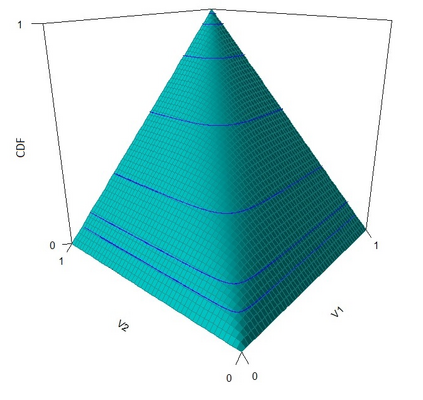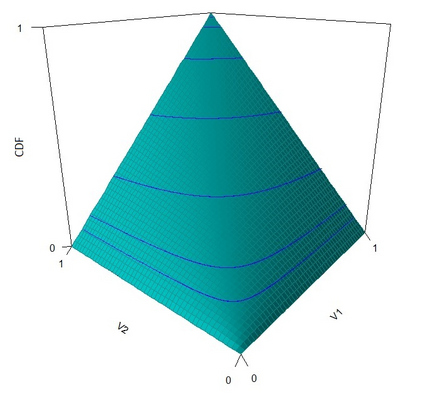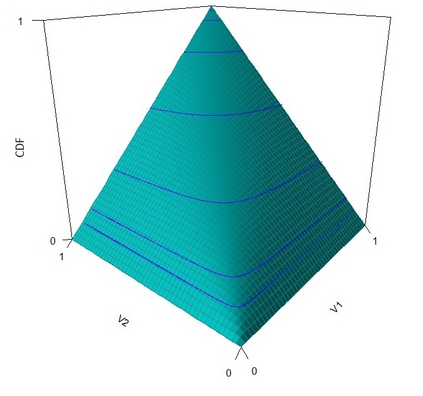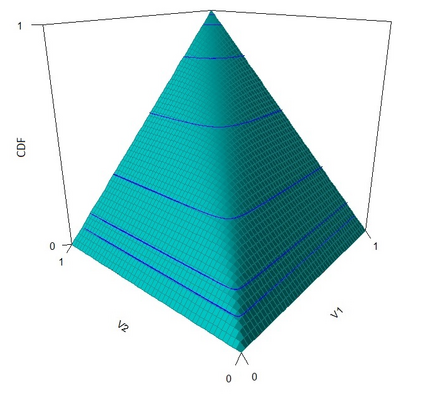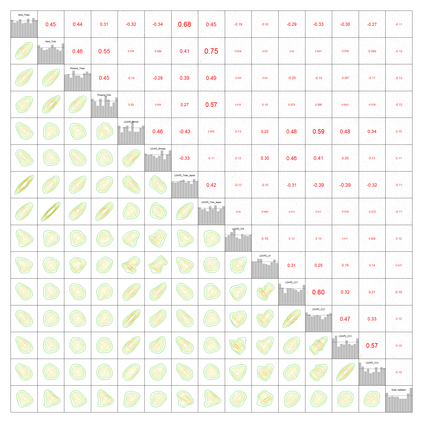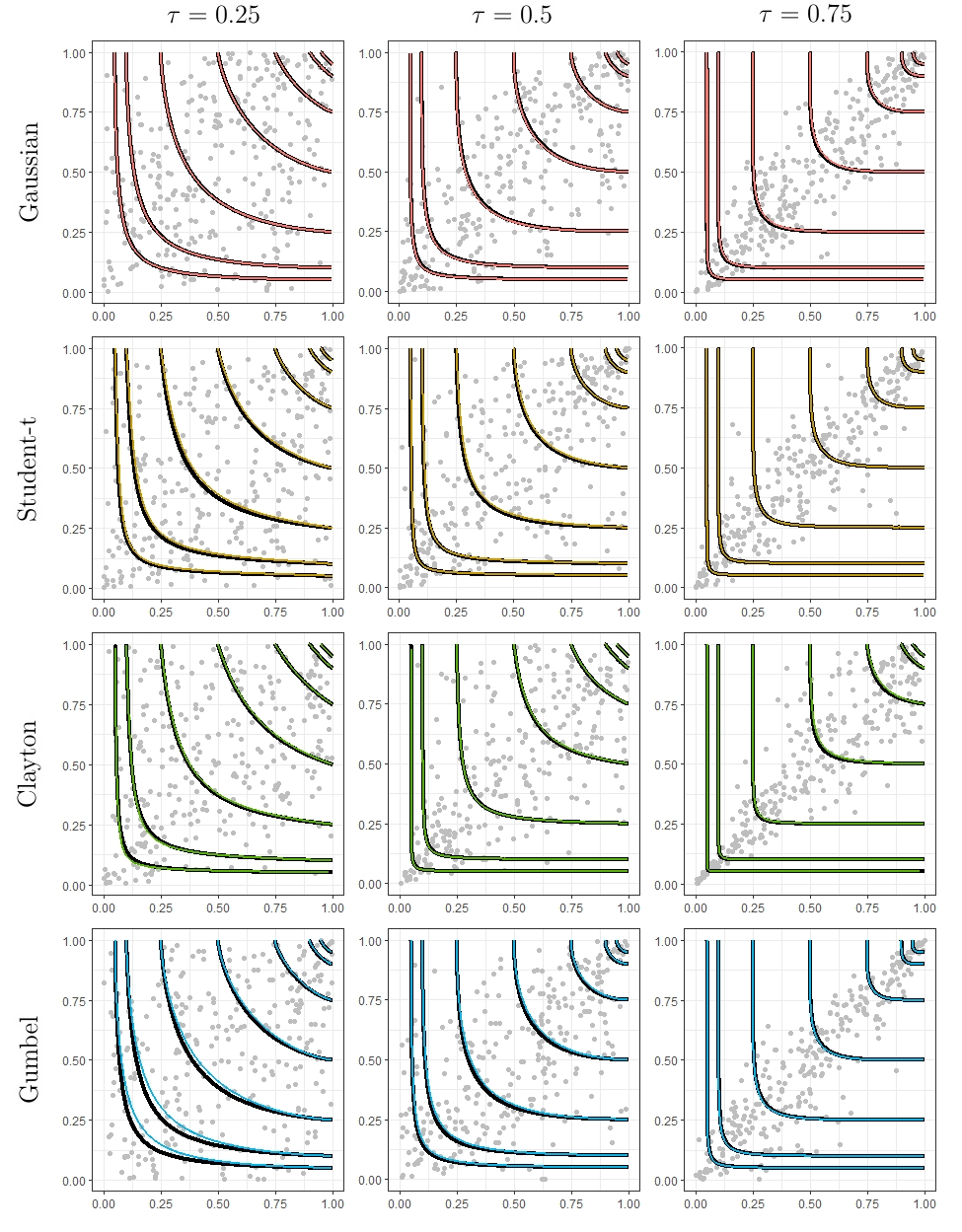The statistical analysis of univariate quantiles is a well developed research topic. However, there is a profound need for research in multivariate quantiles. We tackle the topic of bivariate quantiles and bivariate quantile regression using vine copulas. They are graph theoretical models identified by a sequence of linked trees, which allow for separate modelling of marginal distributions and the dependence structure. We introduce a novel graph structure model (given by a tree sequence) specifically designed for a symmetric treatment of two responses in a predictive regression setting. We establish computational tractability of the model and a straight forward way of obtaining different conditional distributions. Using vine copulas the typical shortfalls of regression, as the need for transformations or interactions of predictors, collinearity or quantile crossings are avoided. We illustrate the copula based bivariate quantiles for different copula distributions and provide a data set example. Further, the data example emphasizes the benefits of the joint bivariate response modelling in contrast to two separate univariate regressions or by assuming conditional independence, for bivariate response data set in the presence of conditional dependence.
翻译:单亚里叶四分位数的统计分析是一个完善的研究课题。 但是,对于多变量四分位数的研究非常需要。 我们用 vine colulas 来解决双变量四分位数和双变量四分位数回归的主题。 它们是由一系列关联树确定的图形理论模型, 允许对边际分布和依赖结构分别进行建模。 我们引入了一个新颖的图表结构模型( 由树序组成), 专门设计用于在预测回归环境下对两种反应进行对称处理。 我们建立了模型的计算可移动性, 以及获得不同条件分布的直线前进方式。 使用 vine coulus 典型的回归缺陷, 以避免预测器、 共线性或四分位数交叉点的转换或互动。 我们为不同的相位数分布提供了基于双变量的二次曲线的二次曲线结构结构模型, 并提供一组数据。 此外, 数据示例强调了联合双变量反应模型的效益, 与两种独立的单位数回归或假设有条件的独立, 以双位数反应数据显示的有条件的可靠性。


